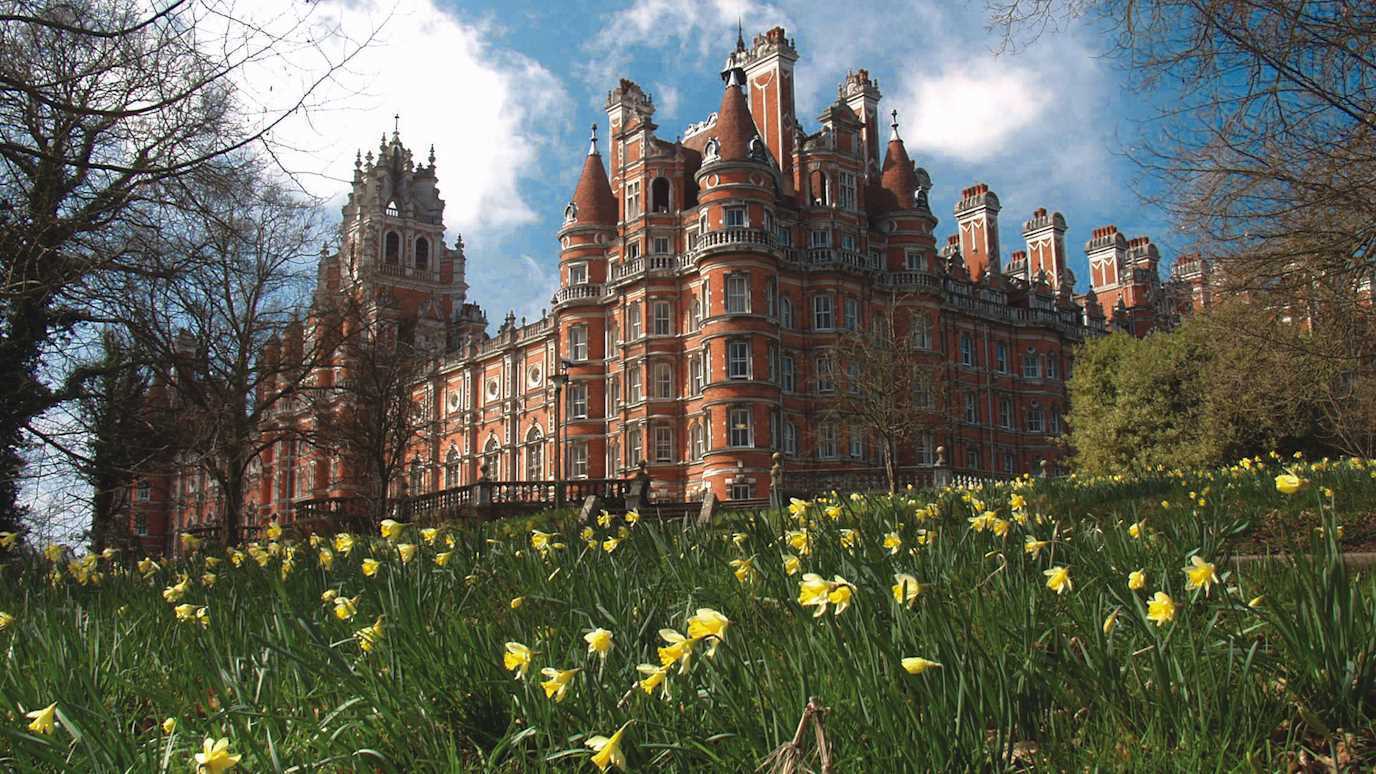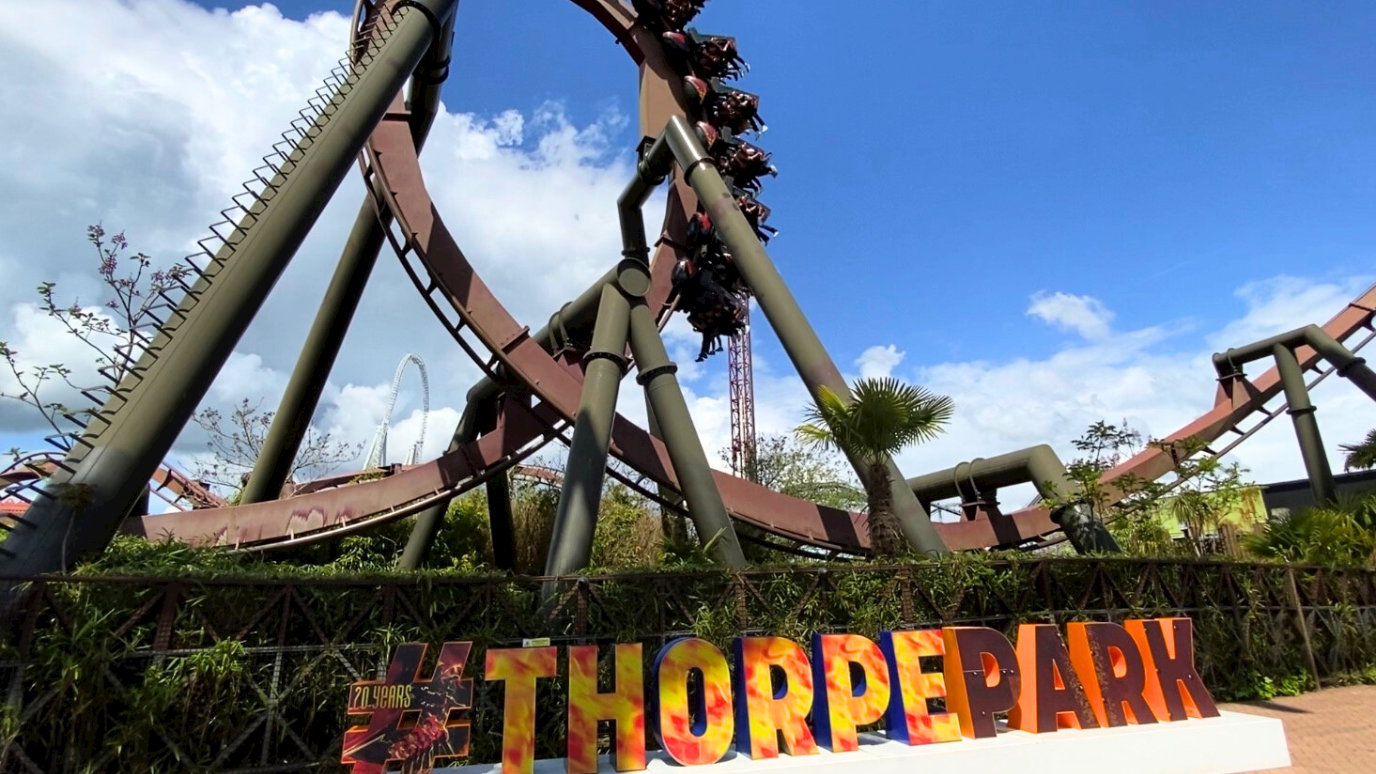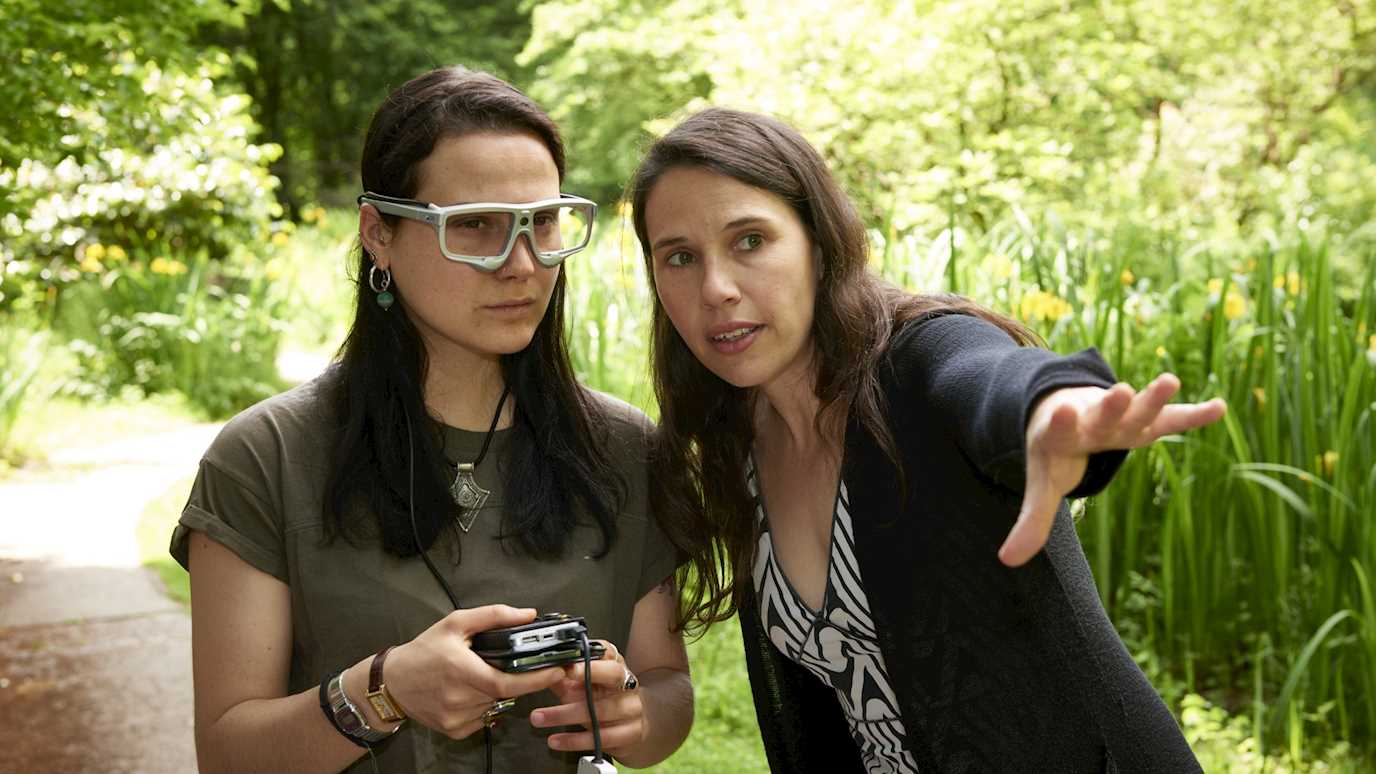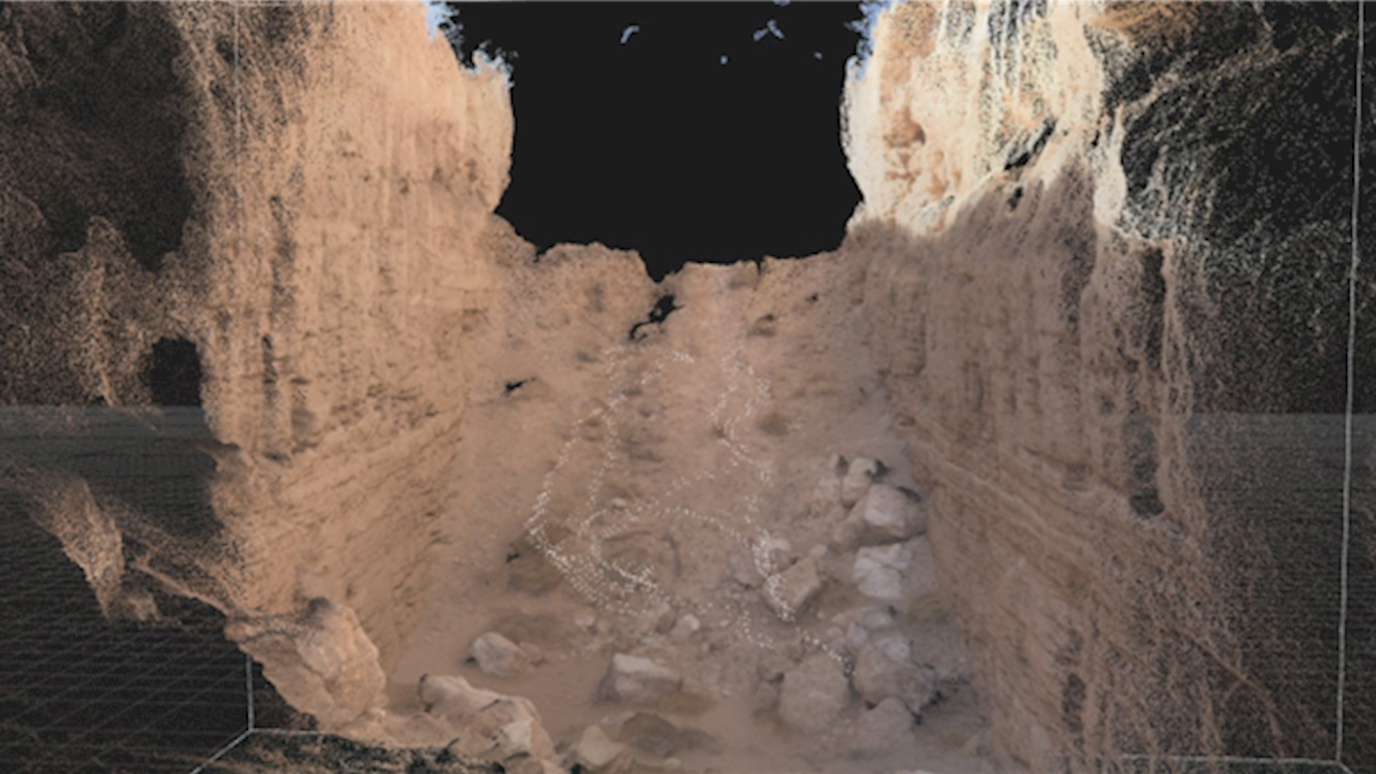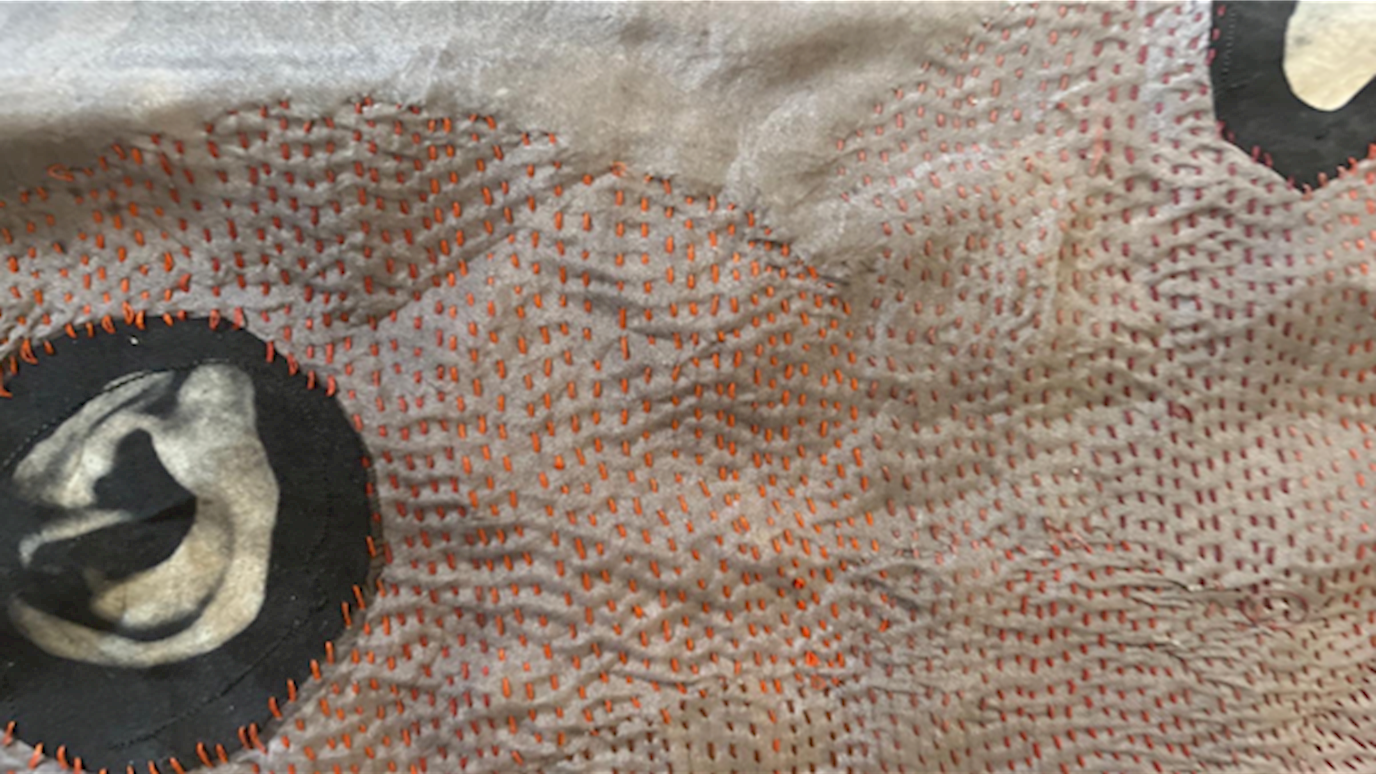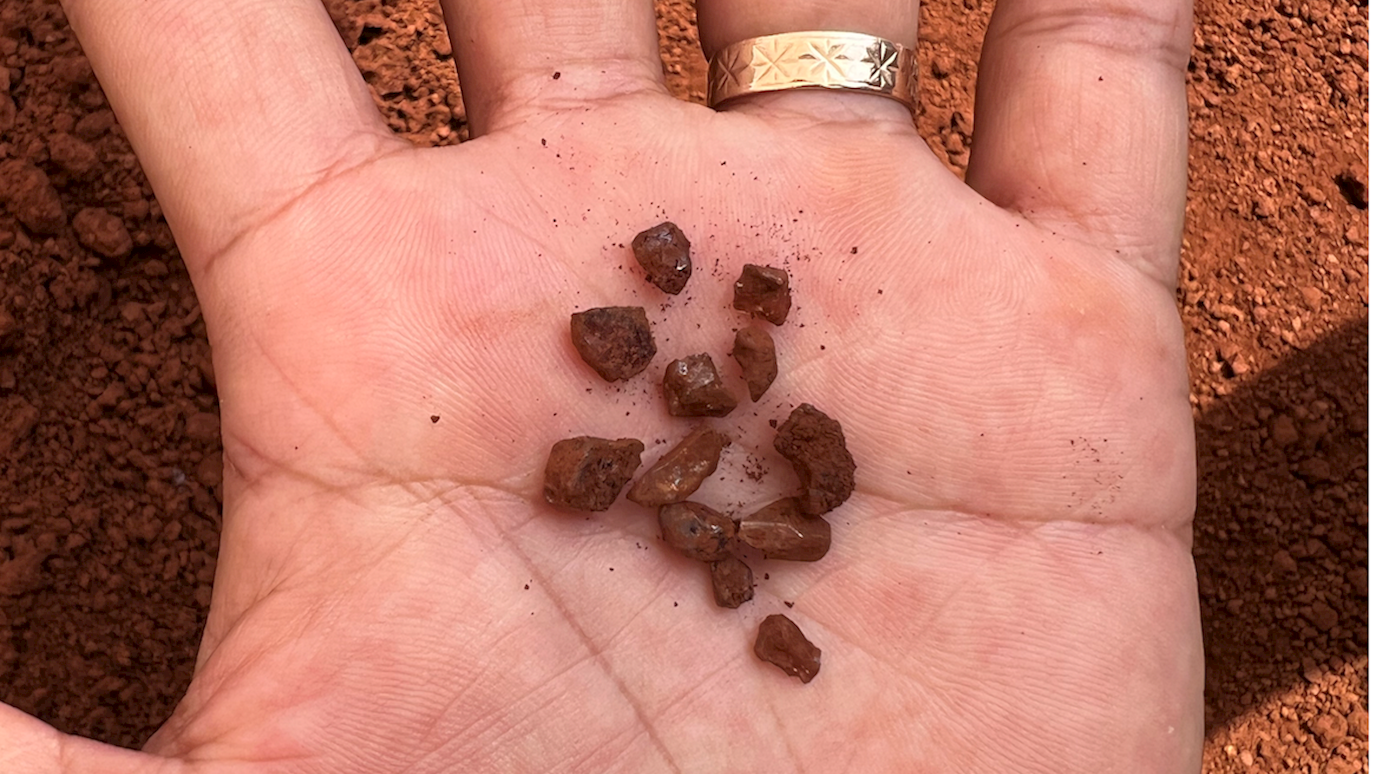Collaborators
Bloc Projects
Bloc Projects is a contemporary arts organisation and gallery in the centre of Sheffield committed to the continued learning of early to mid-career artists. Bloc Projects worked closely with Think Deep team member Una Hamilton Helle and artist collaborator Verity Birt on developing their project Beneath Clouded Hills, an exhibition and symposium created in response to a residency at Creswell Crags caves, which queried the notion of Deep England. Bloc Projects supported the artists in their process, facilitated the exhibition and symposium and hosted a session for visually impaired visitors to enjoy the exhibition together with local organisation Rotherham Sight and Sound.
British Geological Survey
Cecilie Sachs Olsen

Cecilie Sachs Olsen is a Professor of Art and Society at Oslo Metropolitan University. Her practice-based research revolves around developing creative methods for urban research and exploring how artistic practice can be used as a framework to analyse and re-imagine urban development, space and politics. Most recently, in collaboration with the project team Cecilie has been exploring subsurface urban futures. Cecelie was the chief curator of Oslo Architecture Triennale 2019, which used fiction, art and performance to explore ‘the architecture of degrowth’ – alternative social and spatial contemporary societies. She is also the co-founder of the urban performance collective, zURBS and the artist duo SACHS/WESTERDAHL. Cecilie has led a series of art projects around Europe and recently published a monograph about her work titled ‘Socially Engaged Art and the Neoliberal City’ (Routledge, 2019).
Claire Undy
Claire Undy is an artist, curator and lecturer, whose research incorporates performance, collaboration and the dismantling and dissemination of the moving image. Since 2016, Claire has been curating and programming Skelf, an online platform that works with artists to reimagine art practice in a non-physical space at skelf.org.uk. Skelf has worked with more than 200 artists and writers to present 50 exhibitions and has been supported by public funding by Arts Council England.
Within her wider art practice, Claire plays with the idea of value and ownership, finding context-specific ways for her work to be collectively activated and shared. The interplay between analogue and digital modes of image-making are employed to hand the agency of the performative act to the viewer. Absurdity, futility and the suspension of disbelief are regular themes. Claire’s work has been exhibited at Five Years Gallery, Brighton Photo Fringe, One Minute Moving Image Festival and the ICA, amongst others. She is a Senior Lecturer in Fine Art Photography at Camberwell.
Frank Pearson
Frank Pearson has climbed mountains and descended caves in various parts of the world for nearly 50 years. He is a member of the Mulu Caves Project which aims to explore and survey the caves of Gunung Mulu National Park in Borneo. He searches for and explores caves in the Yorkshire Dales National Park and is the Northern Correspondent for Descent, the magazine of underground exploration, and for the British Cave Research Association annual conference, Hidden Earth.
His PhD research into the development of cave exploration and subterranean consciousness through travel writing, poetry, prose fiction, philosophy and geology and chemistry between 1680 and 1830. He studies Chinese language literature and philosophy and collaborated with Lian Xiaomin and Yu Feixia in translating the Classical Chinese philosophical text Laozi’s Dao De Jing, published in China this year.
He is interested in comparing Classical Chinese landscape and spatial aesthetics with those of Western thought. Though retired from teaching, he still gives lectures and writes on cave exploration, the history of science, Romantic literature, Classical Chinese landscape poetry and painting. He also works part-time as a research assistant and editor and he writes poetry.
Lindiwe Matshikiza
Lindiwe Matshikiza is a Marseille-based artist with a background in theatre-making. She works as a writer, performer and director in a variety of contexts such as visual arts projects, public performances, stage plays, film and other media. Her approach is predominantly collaborative, exploratory, process-based and cross-disciplinary, and her projects often take on more than one form over time.
Lindiwe is co-founder and co-director of Mother Box: Organisation for Cooperation in the Arts, a non-profit, artist-led organisation studying self-determined artistic research and processes with the aim of articulating them in a language that embodies the processes themselves.
A recent project is the award winning ‘One Take Grace’. In this experimental cinematic portrait, South African mother, full-time domestic worker and part-time actor, Mothiba Grace Bapela, reflects on her extraordinary life, and searches for a way to break out of the societal roles cast for her. Director Lindiwe Matshikiza leads an multidisciplinary creative process in producing this collaboratively-made portrait of the often precarious, sometimes miraculous position of an African female migrant worker.
Ly Vuoch Long and team
Our research on subsurface lives in Cambodia is carried out in collaboration with Ly Vuoch Long, an independent researcher on society and the environment and his team, including Pov Veasna, Chherm Panha, Mao Mean, Kong Solinda and Leav Kalyan.
Long studied at the Royal University of Agriculture on Rural Development and Agricultural Economics and graduated with a Master's degree in International Human Right Law from Pannasastra University. He has been working on social and environmental research projects across Cambodia for over 10 years. This includes research on the livelihood of the vulnerable rural people, especially migrant workers, such as garment, construction, brick workers, fishing communities affected by the climate change and mining families and indigenous communities. His research is driven by love and a desire to support them to make their voice of sadness, hardship, and depression heard. His research is “to help the voice of the vulnerable rural community be heard through a research study.”
Moyra Derby
Moyra Derby is an artist and academic engaging with emerging research in neuropsychology and cognitive science to explore the perceptual and attentional capacities we bring to painting. Currently Senior Lecturer in Painting at the University for the Creative Arts in Canterbury, Moyra's research questions explore idealised framings of attention, and the social and technological contexts for attentional experience.
Moyra’s practice involves pictorial structures, wall and floor works and modular paintings that are space responsive and open to direct participation. Exchanges between visual and tactile perception, the spatial and durational contingencies of exhibition, and the rapport between painting and architecture are key concerns. The works are often made in research conversation with specific art historical sources that challenge or complicate the category of painting, their status as paintings interchangeable with their potential as shelves, screens or storage, or their readability as a number system or as mathematical diagrams.
Born in Omagh, Northern Ireland and now based in East Kent, Moyra studied at the University of Ulster at Belfast and Cheltenham School of Art before graduating with an MA in Painting from the Royal College of Art, and has recently completed a practice based PhD at the University of Kent that reimagined attentional capacities for painting. Recent shows include a solo show at the Foundry Gallery in London in 2023, and In Correspondence with Della Gooden at Raumx London. You can read more about Moyra's research in recent papers in The Journal for the Philosophy of Language, Mind and the Arts and the Journal of Contemporary Painting.
Nottingham Contemporary
Hollow Earth Exhibition
The project team have collaborated with staff and artists at Nottingham Contemporary as part of the evolution and display of the exhibition Hollow Earth: Art, Caves & The Subterranean Imaginary - Nottingham Contemporary.
The exhibition includes Flora Parrott's work. Parrott was part of the symposium in December 2022 (Caves, Dwellings & Vibration - Nottingham Contemporary) with the 'The Shape of Emptiness', a talk between Parrott and poet and caver Frank Pearson. The conversation is taken from a recent two-part article written by Pearson for caving magazine ‘Descent’. The article describes the extraordinary discoveries in Fing Hopeless Pot in Lancashire by Pearson and the group of ‘space miners’ with whom he explores the cave networks around Leck Fell every week.
In this talk, Parrott and Pearson described their shared interests in caving and their ongoing collaboration. Their correspondence, which informs both Parrott’s sculpture and textiles and Pearson's poetry, start with underground openings, vertical caves, and waterfalls in Lancashire and extend to imagined and remembered caves in Mulu, Malaysia and Pearson's work on the translation of Laozi’s Prose Poetry with Lian Xiaomin and Yu Feixia.
Hollow Earth Exhibition will tour to Exeter and Cork in 2023-4.
Professor Stephen Daniels
Professor Stephen Daniels, Professor Emeritus of Cultural Geography at the University of Nottingham, gave the lecture, ‘Landscapes in the Making: John Linnell and the Environs of London.’ Foregrounding gravel pits and geological stories that take in longer histories of landscape formation, Daniels upends our understandings of views and vistas, and invites us to reconsider processes of excavation in the making of Nineteenth Century landscapes and urban space. Staged in the Picture Gallery, a major gallery of Nineteenth Century Art, the lecture invited us to reflect on the geographies of art and their wider place within geographical enquiry. The lecture will be available to listen too on the website of the Centre for the GeoHumanities.
Story Futures
The project team have developed a couple of projects about digital undergrounds with the Story Futures team. Story Futures explores how story-telling can sit at the heart of VR, AR and other immersive technologies and experiences. Since 2020, the Thinking Deep team have developed pilot work considering how augmented reality might enable the exploration of subsurface heritage, and how VR might enable audiences of all ages to consider subsurface- specifically subsurface futures. This latter 'The Museum of Imagined Futures,' project was part of the 2022 Unboxed Festival, and was presented as part of 6 VR experiences presented in libraries around the UK during the summer and autumn.
To find out more, visit VR Experiences – Story Trails
Verity Birt
Verity Birt is an artist with an interdisciplinary, research-lead practice who works with installation, film, performance, writing and sound. She completed her PhD in Art and Social Sciences in July 2023 at Northumbria University and BALTIC Centre for Contemporary Art. Together with Think Deep team member Una Hamilton Helle, she made the collaborative work and exhibition Beneath Clouded Hills, which was in response to a residency at Creswell Crags caves that the artists undertook together in 2022. In tandem with the exhibition, they also put together a symposium on the theme of Deep England and are developing a three-part research podcast which will be out late 2023.
Project Funders
European Research Council
Thinking Deep has received funding from the European Research Council (ERC) under the European Union’s Horizon 2020 research and innovation programme (Grant agreement No. 863944 THINK DEEP).
The project runs for 60 months from 1st July 2020.


